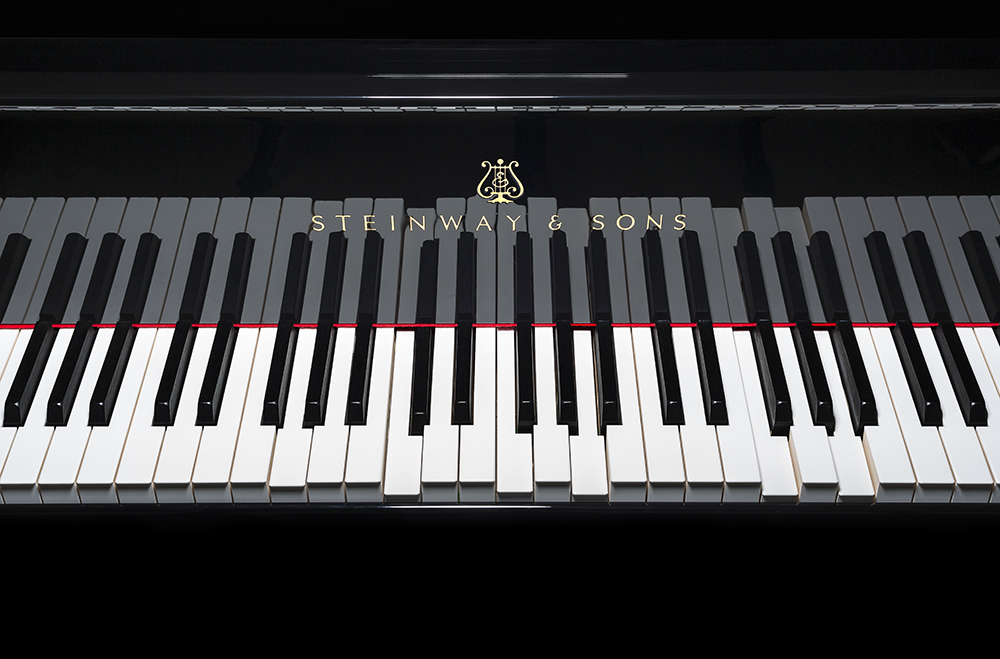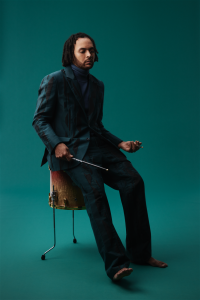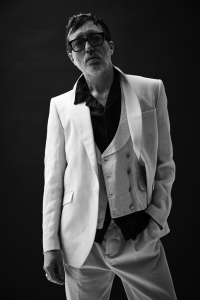Gabriel Jones visits Steinway & Sons’ German factory to discover its latest innovation and meet ‘the ear’, the person responsible for maintaining the brand’s iconic sound

In the last classical music season, a staggering 98 per cent of international solo pianists chose to perform on a Steinway & Sons piano. It’s a market domination secured by generations of business acumen, unerringly high standards of production and commitment to technological innovation. Steinway’s latest product, which epitomises these ideals and seeks to further cement its place as the world’s leading piano manufacturer, is the Steinway Spirio: a high-resolution digital player piano for the home.
While digitised player pianos have been around for a decade or more, Yamaha’s Silent System being the most notable example, the Spirio sets a new standard for accuracy, giving the most precise reproductions possible via cutting-edge digital technology, so that it is now virtually impossible to distinguish a reproduced performance from that of a live artist.
With each Spirio, Steinway has included an extensive library of recordings, drawing from its 1700-strong roster of leading world pianists, and preloaded them onto a complimentary iPad. Musicians as diverse as classical pianist Olga Kern and jazz musician Bill Charlap have already contributed exclusive performances, with many more to follow. But the Spirio’s pièce de résistance – as with each and every one of the company’s instruments – remains the Steinway sound.
But how is this trademark sound manufactured? To gain an insight I visited the Steinway factory in Hamburg to meet chief voicer Wiebke Wunstorf, who 36 years ago became their first female apprentice, aged just 17. Today she is known simply as ‘the ear’, as she is responsible for ensuring that the tone of every instrument is perfect before it leaves the factory.
In her workshop, each string is rapidly tested against its neighbours while she listens attentively for the desired marriage of “power, brilliance, and clarity”. The felt of each hammer is then delicately filed until the sound is deemed perfect. String by string and note by note she gets through, on average, seven pianos a day; only when her ear is satisfied can the instrument be released for sale.
“Steinway runs in my blood,” Wunstorf says. “My mother, my brother and my ex-husband all worked here, so it’s my life.” More than any other employee, she seems to embody Steinway’s perfectionism – a perfectionism mirrored by the Spirio’s reproductions, which themselves epitomise the marriage of exacting craftsmanship and technology that has made the company’s name.
This article has been taken from issue 17 of PORT. To buy a copy or subscribe, click here




